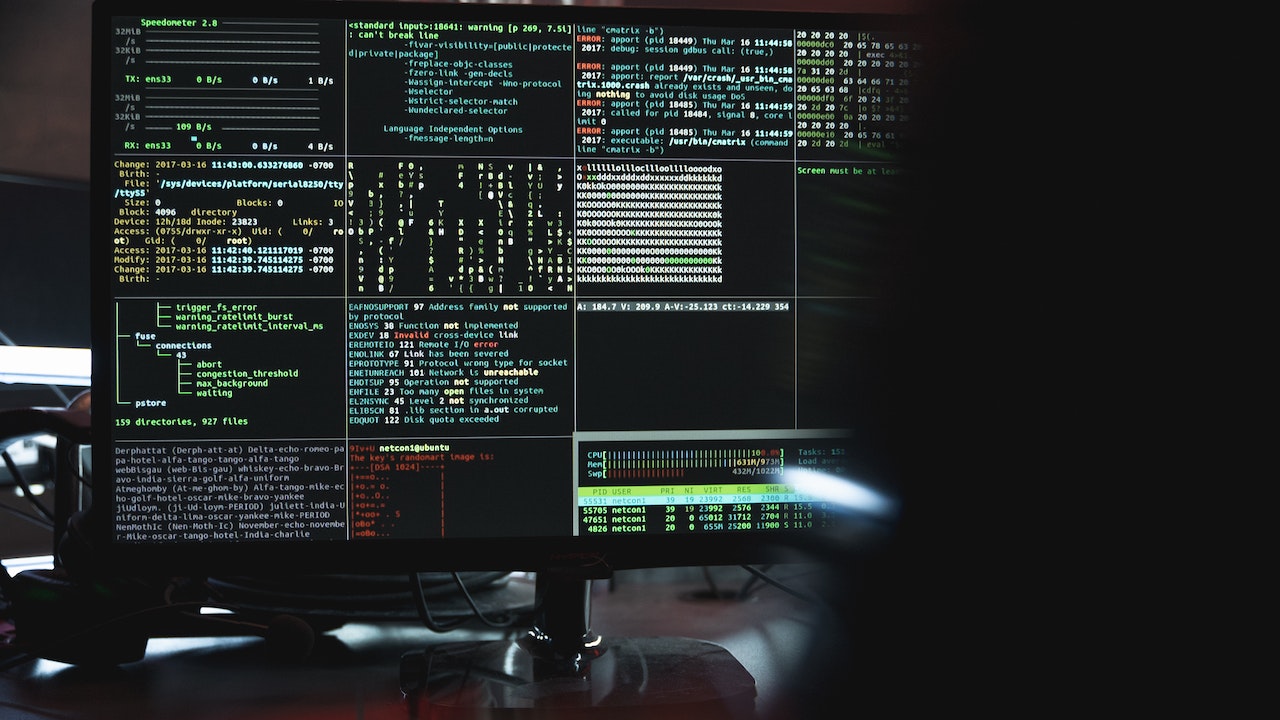Blockchain and Cybersecurity: Strengthening Data Protection
This blog discusses the relationship between blockchain and cybersecurity, exploring how blockchain technology can be used to improve data protection. It explains the key principles of blockchain technology: decentralization, immutability, and transparency. The blog then highlights five ways in which blockchain can strengthen cybersecurity: secure authentication, decentralized storage, immutable records, secure transactions, and smart contracts. Finally, the blog concludes that blockchain technology has the potential to play an increasingly important role in data protection and cybersecurity.

Blockchain technology is revolutionizing the world by offering secure and transparent ways of storing and sharing data. One of the key applications of blockchain is in the area of cybersecurity, where it provides a powerful tool for strengthening data protection.
In this blog, we will explore the relationship between blockchain and cybersecurity, and how blockchain technology can be used to improve data protection.
Understanding Blockchain Technology
Before we dive into how blockchain can strengthen cybersecurity, let's first understand what blockchain technology is.
At its core, blockchain is a decentralized ledger that records transactions in a secure and transparent way. It consists of a network of nodes that work together to validate and record transactions. Each block in the chain contains a cryptographic hash of the previous block, creating an unbreakable chain of records.
Blockchain is built on three key principles: decentralization, immutability, and transparency. These principles are what make blockchain so powerful for data protection.
Decentralization: In a decentralized network, there is no central authority controlling the data. Instead, the data is stored across multiple nodes in the network, making it much harder for hackers to compromise the system.
Immutability: Once data is recorded on the blockchain, it cannot be altered or deleted. This means that the data is permanently stored on the blockchain and cannot be tampered with.
Transparency: All transactions on the blockchain are public and transparent, making it easy to verify the authenticity of the data.
Now that we understand the key principles of blockchain, let's explore how it can be used to strengthen cybersecurity.
Using Blockchain for Cybersecurity
-
Secure Authentication
One of the biggest challenges in cybersecurity is ensuring that users are who they say they are. Traditional authentication methods, such as passwords, are easily compromised by hackers. Blockchain can be used to create a secure and decentralized authentication system.
For example, a blockchain-based authentication system could use a private key/public key system. Each user would have a private key that they use to sign their transactions and a public key that is used to verify their identity. Because the private key is unique to each user and stored securely on the blockchain, it is virtually impossible for hackers to steal or spoof the identity of a user.
-
Decentralized Storage
Centralized storage systems are vulnerable to attacks, as a single breach can compromise the entire system. Blockchain provides a decentralized storage system that is much more secure. Data can be stored across multiple nodes in the network, making it much harder for hackers to compromise the system.
-
Immutable Records
One of the biggest advantages of blockchain is its immutability. Once data is recorded on the blockchain, it cannot be altered or deleted. This makes it an ideal system for storing sensitive data, such as financial records, medical records, and legal documents.
-
Secure Transactions
Blockchain can be used to create a secure and transparent transaction system. Because all transactions on the blockchain are public and transparent, it is easy to verify the authenticity of a transaction. This makes it much harder for hackers to manipulate the system.
-
Smart Contracts
Smart contracts are self-executing contracts with the terms of the agreement between buyer and seller being directly written into lines of code. They allow for the automated execution of complex transactions without the need for a central authority. Smart contracts can be used to create secure and transparent systems for everything from supply chain management to voting systems.
Conclusion
Blockchain technology is a powerful tool for strengthening cybersecurity. Its decentralized, immutable, and transparent nature makes it ideal for storing and sharing sensitive data. With blockchain, we can create secure and transparent systems for authentication, storage, transactions, and more. As we continue to explore the potential of blockchain, we can expect to see it play an increasingly important role in data protection and cybersecurity.
ALSO READ
India’s Tax Transparency Champion: Unveiling Billion-Dollar Secrets
Call for Transparency on Caribbean Strikes Video
Tezpur University Shutdown: A Fight for Justice and Transparency
Election Commission Boosts Transparency with Special Roll Observers
SEBI Considers Asset Disclosure Privacy: Balancing Transparency and Privacy










